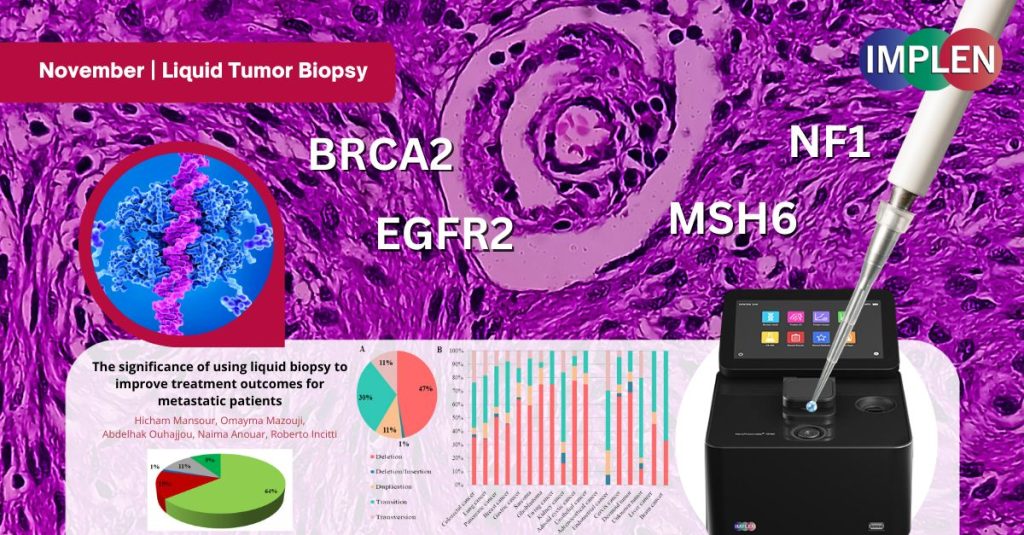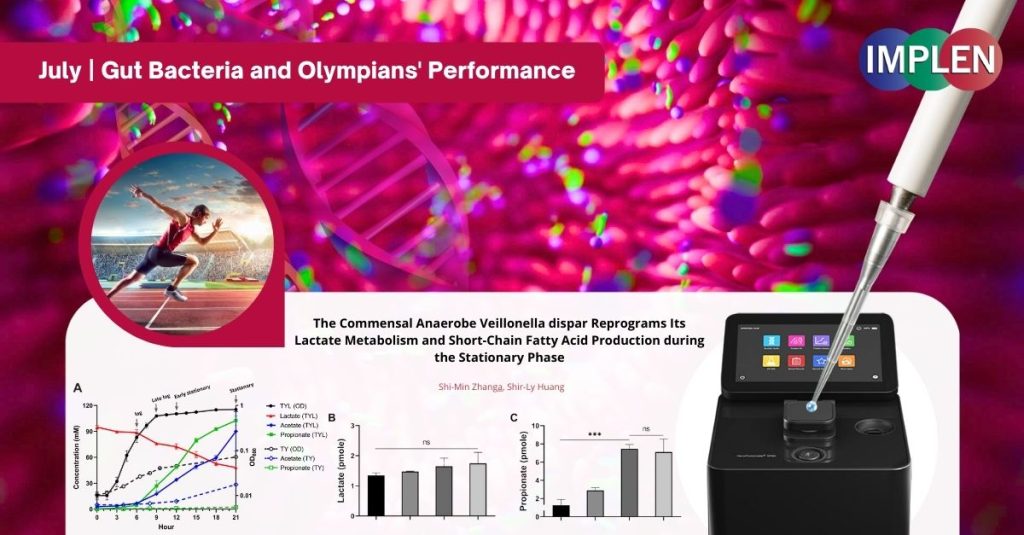Implen Journal Club
Implen Journal Club
Welcome to the Implen NanoPhotometer® Journal Club. Here we will highlight relevant publications where the Implen NanoPhotometer® helped researchers to unravel the mysteries of modern molecular biology.
Current Month Journal Club Issue
November 2024| Full Newsletter (html) (pdf)
Enhancing Cancer Treatment Through Liquid Biopsy

Leveraging Liquid Biopsy: Exploring Pleural Effusion Supernatant for Lung Cancer Mutation Testing

Nature's Clock: How Marine Life Adapts to the Changing Seasons

Preserving the Power of Spices: Insights for Thanksgiving Feasts

How Gut Bacteria Could Boost Olympians' Performance

As the Olympics kick off in Paris, athletes from around the world are pushing their limits to achieve peak performance. Our last issue is showcasing intriguing research by Zhang et. al. that sheds light on a potential ally in their quest for gold: a gut bacterium called Veillonella dispar. Found in the human mouth and gut, this anaerobic bacterium plays a crucial role in converting lactate, produced in large quantities during intense exercise, into short-chain fatty acids (SCFAs) like acetate and propionate, which are beneficial to human health.
This study revealed that Veillonella dispar adjusts its metabolism significantly when nutrients are limited, a condition that simulates the gut environment of an athlete post-exercise. Initially, the bacterium reduces lactate breakdown and propionate production, but later it partially restores these functions. This metabolic reprogramming helps maintain a stable gut environment by altering the ratio of key metabolites like propionate and acetate and decreasing pyruvate secretion.
This metabolic flexibility is especially relevant for Olympians. The higher levels of Veillonella found in the guts of elite athletes can convert excess lactate into SCFAs, potentially enhancing recovery and performance.
The NanoPhotometer® was used in this study to determine the purity and integrity of RNA.